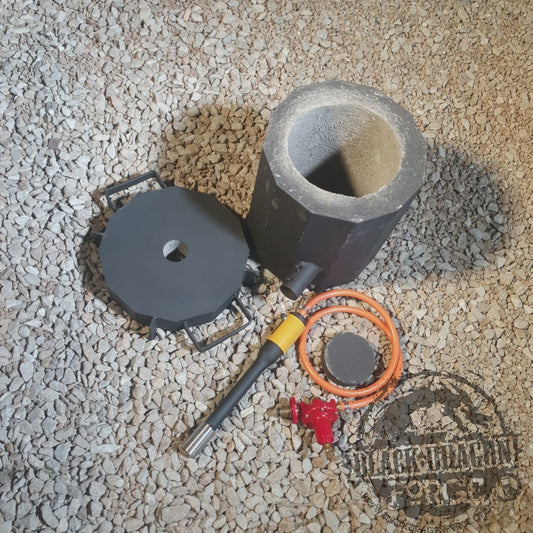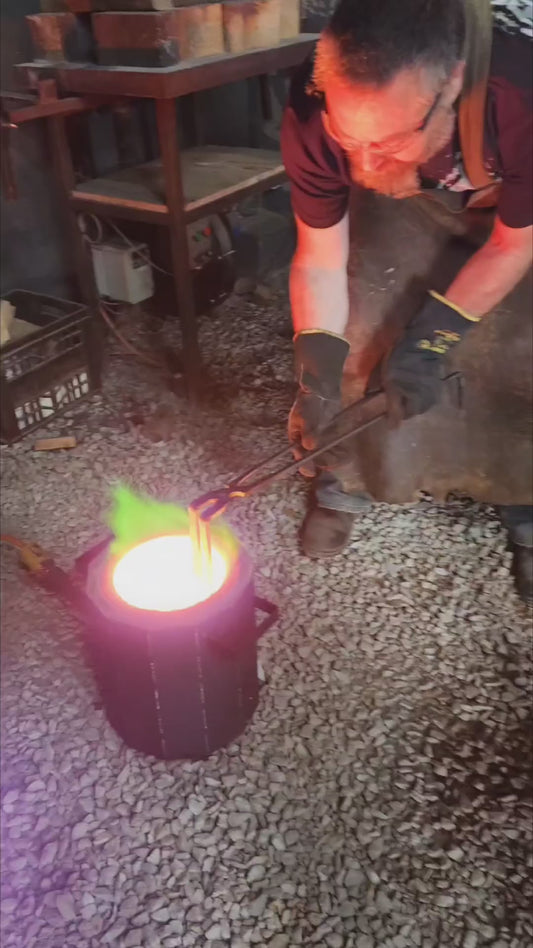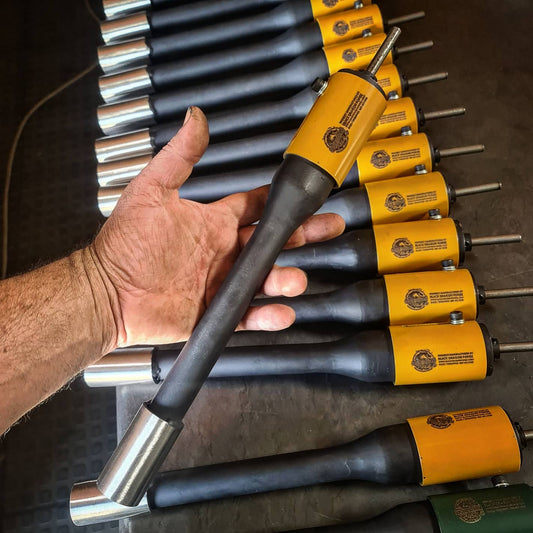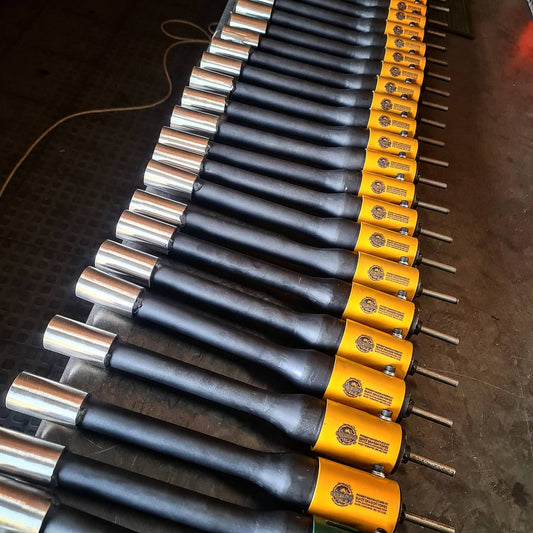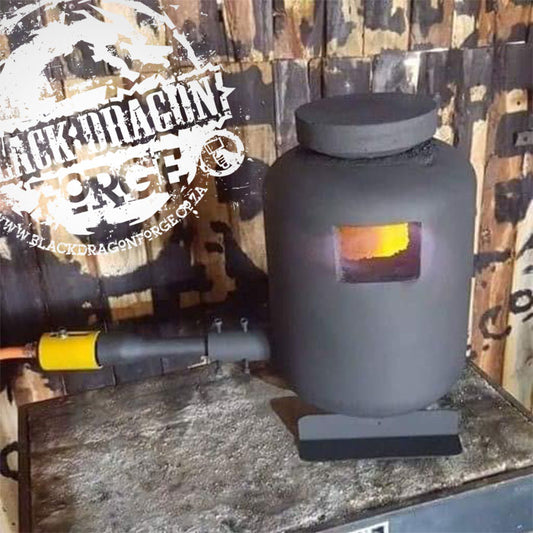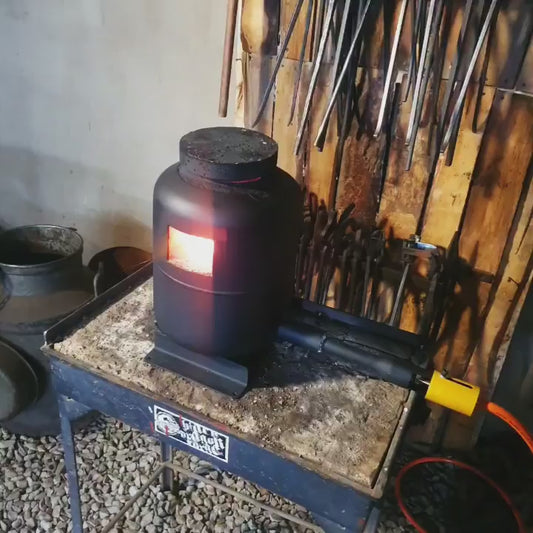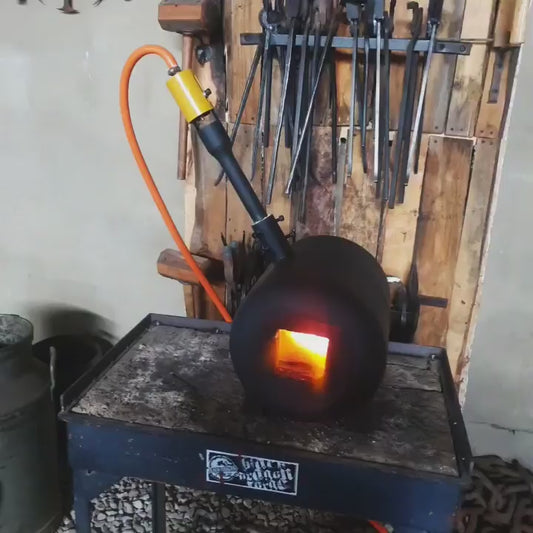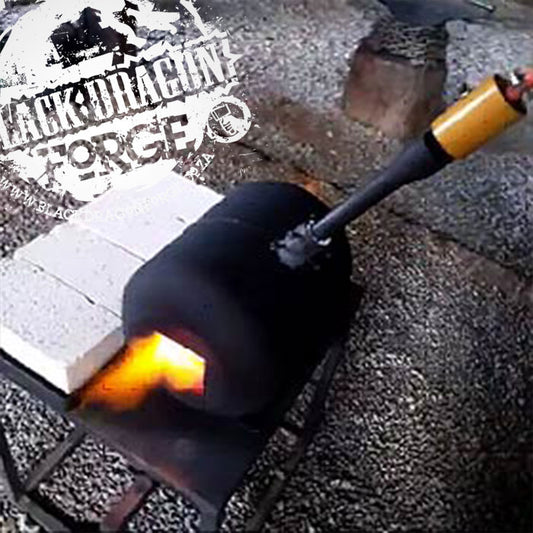Starting a career in bladesmithing requires careful planning and consideration. Here are 15 key points to keep in mind:
Passion and Dedication:
Bladesmithing requires passion and dedication, as it can be a physically demanding and time-consuming craft. Ensure that you have a genuine interest in the art of bladesmithing and are willing to invest the necessary time and effort to excel.
Acquire Basic Skills:
Before pursuing a career in bladesmithing, it is essential to acquire basic skills. Consider attending bladesmithing classes, workshops, or apprenticeships to learn the fundamentals of the craft, including forging techniques, heat treating, and blade geometry.
Invest in Tools and Equipment:
Bladesmithing requires a range of specialized tools and equipment. Invest in quality tools such as a forge, anvil, hammers, tongs, grinders, and heat-treating equipment. Ensure you have the necessary safety gear, such as eye protection and gloves.
Develop Design and Aesthetics:
Bladesmithing involves creating functional yet aesthetically pleasing blades. Develop your design skills by studying historical blade designs, understanding ergonomics, and experimenting with different materials and finishes.
Learn Metallurgy:
Understanding metallurgy is crucial for bladesmithing. Study the properties of different metals and alloys, learn about heat treatment techniques, and gain knowledge about how different materials interact with each other during the forging and heat-treating processes.
Practice Forge Welding:
Forge welding is a critical skill for bladesmiths, especially when working with high-carbon steels. Practice forge welding techniques such as Damascus and pattern welding to create visually striking and structurally sound blades.
Explore Different Blade Styles:
Familiarize yourself with various blade styles, such as hunting knives, swords, kitchen knives, and utility blades. Experiment with different blade shapes, lengths, and grinds to develop your own signature style.
Understand Ergonomics and Functionality:
Consider the ergonomics and functionality of your blades. Blades should be comfortable to hold and use, with appropriate weight distribution and balance. Study how different handle materials and designs can enhance usability.
Build a Portfolio:
As you progress, build a portfolio of your work. Document your blades with high-quality photographs and detailed descriptions. A strong portfolio is essential for showcasing your skills and attracting potential customers or employers.
Network and Collaborate:
Engage with the bladesmithing community by attending conferences, workshops, and forums. Network with experienced bladesmiths, join professional organizations, and seek opportunities for collaboration and mentorship.
Business and Marketing Skills:
If you plan to turn bladesmithing into a career, develop business and marketing skills. Learn about pricing your work, managing finances, creating a brand identity, and effectively marketing your blades through social media, websites, and exhibitions.
Seek Apprenticeships or Mentorship:
Consider seeking apprenticeships or mentorship opportunities with established bladesmiths. Learning from experienced professionals can provide invaluable guidance, accelerate your learning curve, and open doors for future opportunities.
Continuous Learning:
Bladesmithing is a lifelong learning process. Stay updated with advancements in materials, techniques, and equipment. Attend workshops, read books and articles, and participate in online communities to stay connected and continually improve your craft.
Understand Legal and Safety Considerations:
Familiarize yourself with local regulations regarding the manufacturing and sale of blades. Ensure that you follow safety protocols and take necessary precautions to protect yourself and others.
Patience and Perseverance:
Bladesmithing is a demanding and intricate craft that requires patience and perseverance. Be prepared for setbacks, learning curves, and occasional failures. Cultivate a growth mindset, learn from mistakes, and persistently strive for improvement.
Remember that the path to becoming a professional bladesmith is unique to each individual. These points can provide a starting framework, but adapt and tailor them to your specific circumstances and goals.


